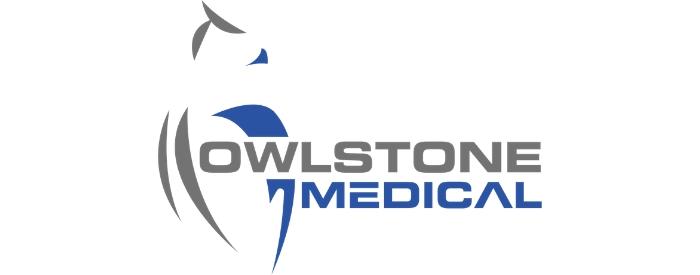
THE CUSTOMER
GWA offers innovative services to technology businesses and has extensive experience in the medical sector, developing many novel, active devices for a variety of healthcare settings. In this case, they were our hardware design partner on a project for the University of East Anglia and UK NHS.
THE BRIEF
Acute periodic dizziness is a chronically disabling disease and can leave sufferers reluctant to engage in day to day activities due to the fear of an attack occurring. Diagnosis is challenging as several potential causes exist and the periodic nature means the chance of an event occurring when a health care professional is present is unlikely.
A low-power wearable sensor was essential to support this work. This required a full solution of hardware, embedded software for the sensor, and companion PC software.
We were to design the software for this device which performs an electro-ocular gram (EOG) – a scan that measures the human eye movement. The apparatus needed to be lightweight as it has to be permanently worn on the head, perform regular monitoring, while all the time consuming minimal power to give maximum battery life.
THE REQUIREMENTS
- To design a device that allows the patient to be mobile and comfortable
- To produce a continuous log of sensor readings, sampled many times per second
- To write the log to a micro SD card (flash)
- To do all of the above, in an optimally power efficient way to give a battery life up to 20 days from a cell battery
- To produce a companion PC application to extract the data in a form suitable for the research scientists
“We achieved our goal to produce this novel device in a short time scale, to medical device standards and to enable a successful start to the research trials. Green Custard worked closely with our engineers to produce an very effective agile team to get the job done.”
Justin Pisani,
Owner at GWA
THE SOLUTION
Normally, patients experiencing dizziness attend in patient clinics to seek a diagnosis and appropriate treatment. This severely limits the length for which a patient could be analysed and as the symptoms that medical professionals are looking for in these cases are often relatively rare, the chance of observing the symptoms directly unlikely. A patient applied home use wearable diagnostic device would therefore potentially allow a better diagnosis and is the challenge the CAVA medical research team at the University of East Anglia, the Norfolk and Norwich NHS Trust and its design partner GWA , took on to solve.
By monitoring eye movement, supported by 3D activity patterns continuously outside the hospital the aim is to detect eye patterns which are indicative of inner ear disorders which trigger dizziness and allow diagnosis of this as a cause. A novel device was needed that had the capacity to run for several days, and be worn permanently on the head during this period, with the system taking a sample several times in a second. Data is then analysed using a machine learnt algorithm developed by UEA to detect these events.
“It was very exciting to work on a project with real potential to improve patient diagnosis and thus hopefully improving patient outcomes. GWA is very knowledgeable, having developed similar products in the past, so it was very interesting and a good learning experience” - Gavin, Green Custard



